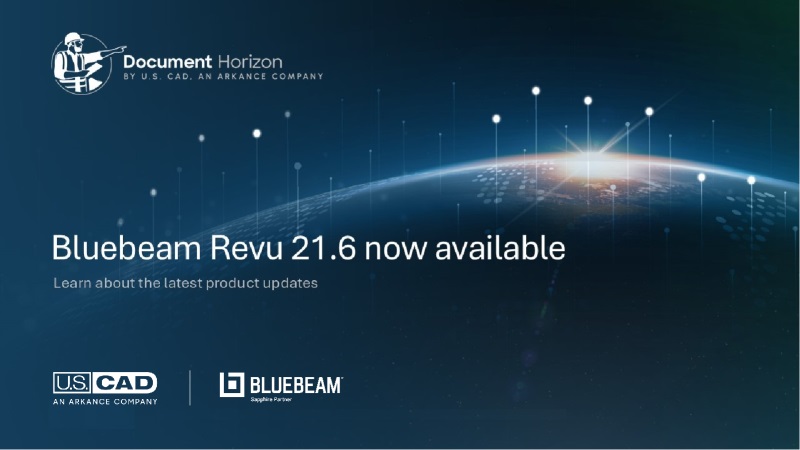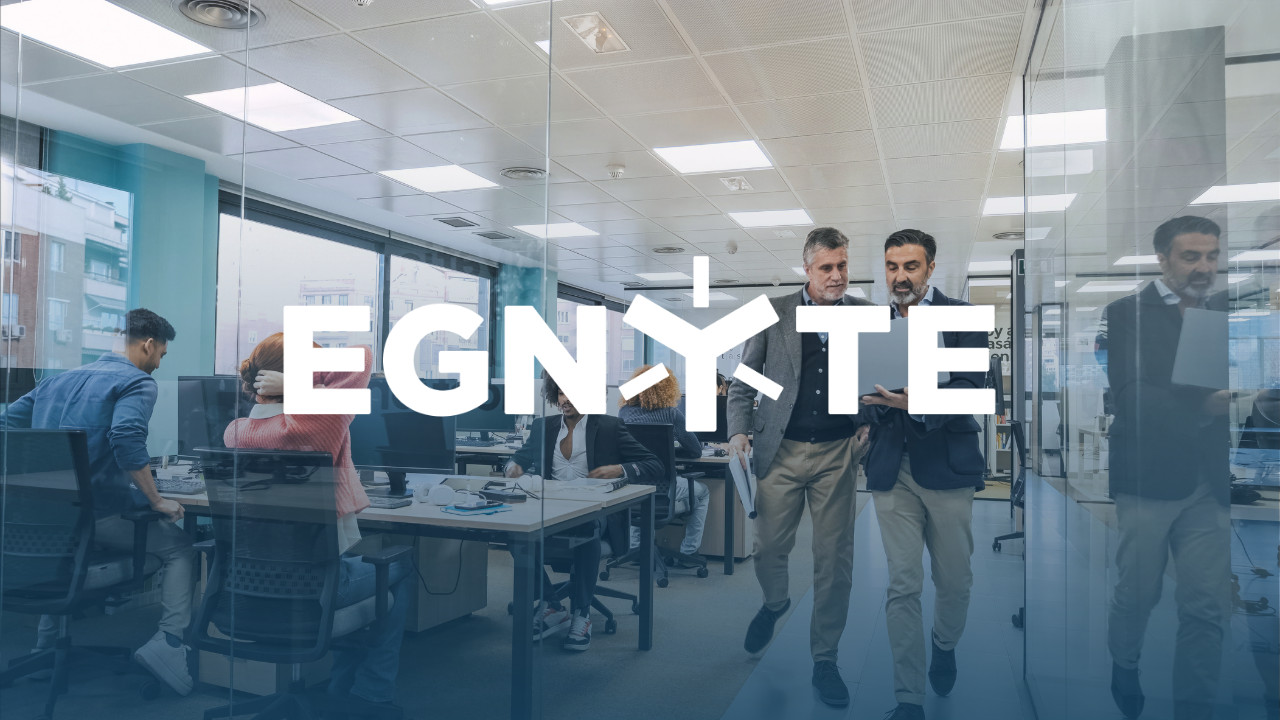Blogs and News
From Scan to Design: Empowering Public Infrastructure with Autodesk
In today’s aging infrastructure and tight budgets, state, local, and federal agencies are pressured to deliver faster, more accurate, and more cost-effective projects. A recent article published in Informed Infrastructure by U.S. CAD, an ARKANCE Company Technology Consultant, Ron Couillard, highlights how Autodesk’s reality capture tools, especially point cloud workflows, transform how public sector teams…
Bluebeam Revu 21.6 updates
3 June 2025 What’s New What’s Fixed Connect Bluebeam with your favorite apps to help streamline your daily work and collaboration! Revu reminds you to update your software when a new version is available. You can also go to the Revu “Help” menu and select “Check for Updates” to download and install a new version. Contact…
Turning the Tide: Autodesk Water Infrastructure Solutions for Civil Engineers
Industry Context: A System Under Strain According to the 2025 ASCE Report Card, U.S. infrastructure received an improved C grade overall, but the water infrastructure sector showed no measurable progress. In Autodesk’s report analysis, experts highlighted that drinking water, wastewater, and stormwater failed to improve their scores despite the influx of IIJA funds. The most…
Bridging the Gap: How Water Utilities Can Harness the Digital Transformation
In the United States, a water main breaks every two minutes. It’s a sobering statistic that reflects the fragile state of our water systems. According to the American Society of Civil Engineers’ 2025 Report Card for America’s Infrastructure, water, wastewater, and stormwater infrastructure received grades of C-, D+, and D, respectively. These poor scores are…
Empowering Your Vision: The Role of Technology Consultants in Optimizing CAD and BIM Software for Project and Business Success.
Across the AEC industry, firms are under increasing pressure to deliver more—faster, smarter, and with fewer resources. While many teams recognize the value of optimizing their technology, few have the internal bandwidth to do it alone. That’s why more firms are partnering with technology consultants to drive meaningful change.From streamlining CAD and BIM workflows to…
8 Ways to Organize Success: Managing HR, Marketing, and Finance Files in Architectural Firms
Efficient file management is the backbone of any successful architectural firm. With departments like HR, marketing, and finance handling vast amounts of critical data, having an organized system is essential for productivity and compliance. In our webinar, Organizing Success: Managing HR, Marketing, and Finance Files in Architectural Firms, we explore the best strategies for structuring,…
U.S. CAD, An ARKANCE Company, Named 2025 Autodesk Construction Cloud Partner of the Year with Platinum Club Recognition
Advancing digital innovation and stronger partnerships in the construction industry March 31, 2025 – Irvine, CA – U.S. CAD, An ARKANCE Company, a global leader in digital solutions for the Architecture, Engineering, and Construction (AEC) industry, today announced it has been named the 2025 Autodesk Construction Cloud® Partner of the Year, marking yet another milestone…
From Delays to Delivery: Aaron Powell’s 2025 Insights on Driving Infrastructure Success with Digital Tools
America’s infrastructure has faced chronic underinvestment for years, earning barely passing grades from the American Society of Civil Engineers (ASCE) in their Infrastructure Report Card. The Infrastructure Investment and Jobs Act (IIJA) and the Inflation Reduction Act (IRA) were introduced to change this trajectory by allocating substantial funds for infrastructure renewal and environmental improvements. However,…
BIM Heroes Podcast Episode 15: The State of Bluebeam Technology
In this episode of the BIM Heroes Podcast, host Cody Whitelock is joined by Bryan Gaitan and Ken Phelps of U.S. CAD, An ARKANCE Company. Together, they explore the latest advancements in Bluebeam technology and discuss how it’s reshaping document management, collaboration, and automation in construction workflows. Listen Now Listen on YouTube Show Highlights: Maximizing…
ARKANCE Receives Top Bluebeam Honors, Reinforcing Global Leadership in AEC Digital Transformation
March 5, 2025 – PARIS, France – ARKANCE, a global leader in digital solutions for the Architecture, Engineering, and Construction (AEC) industry, today announced that it has been honored with top recognition from Bluebeam, securing the prestigious 2024 Reseller of the Year title across the Americas, Australia, and New Zealand. Additionally, ARKANCE has achieved the…










